Giulia Sarti
Year of birth: 1988
Where do you live: Milan
Your education: Master’s Degree in Law
Describe your art in three words:Uniqueness, colour, blending
Your discipline: Abstract art
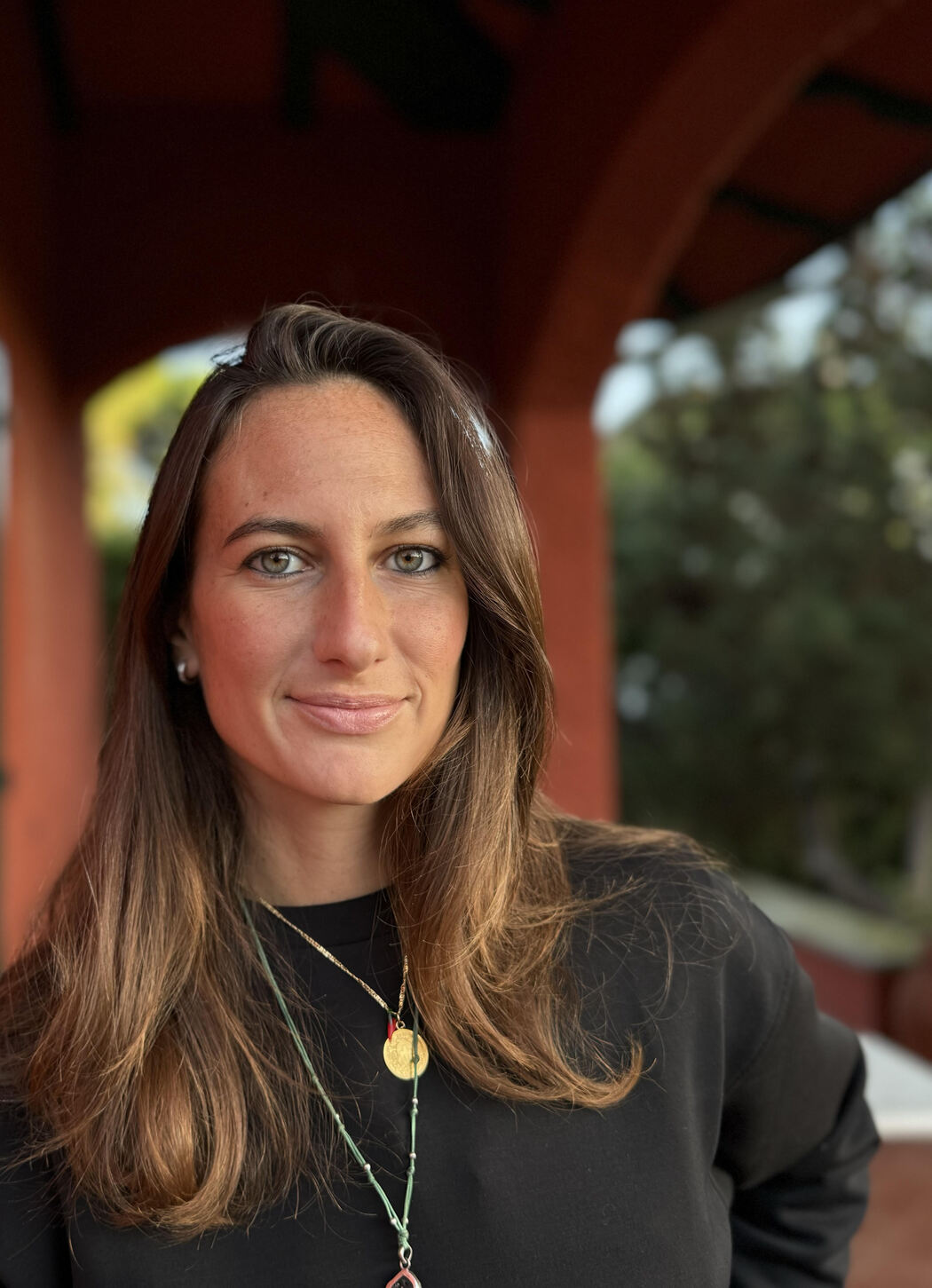
Can you tell us about your journey from being a lawyer to discovering your passion for art? What sparked this transition?
Being a lawyer does not exclude my passion for art; on the opposite, my work and art are complementary. Being a lawyer and abstract art, both require a certain amount of creativity. Contrary to what people might think being an antitrust lawyer does require reasoning: competition law is a very vibrant and diverse subject. Of course, another form of creativity is that on canvas.
In addition, I have always been passionate about art: it is fascinating that, beyond objective representation, each person can provide his or her own interpretation of the artwork and imagine with broad discretion its real meaning.
When I was a child, I used to paint, but I never took part in proper painting classes. For many years I did not paint except occasionally. It was only when I was older, living in Florence, that my passion for painting was renewed thanks to Renaissance painting classes. Then in 2020, during the lockdown in Brussels, I started to draw in pencil again, and since then I have not abandoned painting. In fact, when I moved to Milan, I began attending a painting course, during which, experimenting with a variety of techniques, I ended up preferring abstract painting.
How has your background in law, especially in competition law, influenced your approach to art, if at all?
My background in law has provided me with a method: it is a study method, in particular; however, I apply it not only at work, but also when I paint. For me, painting is not only freedom of expression, but it is also method and study.
When I paint, in fact, I like to have an order, a plan in mind before I start. I like to study the various colour combinations, figure out what materials besides colour I could use, choose the best canvas, paint brushes, tools etc. Of course, it is true that in painting, differently from the legal profession, it is much more likely that the moment you start painting your initial project immediately changes shape, considering that painting is not only study and method, but also improvisation.
However, in the end, I find that writing a brief or a legal opinion is not so different from painting: you always start from an idea, an initial draft that then evolves, on one side, with reasoning and writing and, on the other side, in the case of painting, with freedom of expression on canvas.
Finally, thanks to my specialization in competition law, I have had the opportunity to live in different cities, each of them a different source of inspiration.
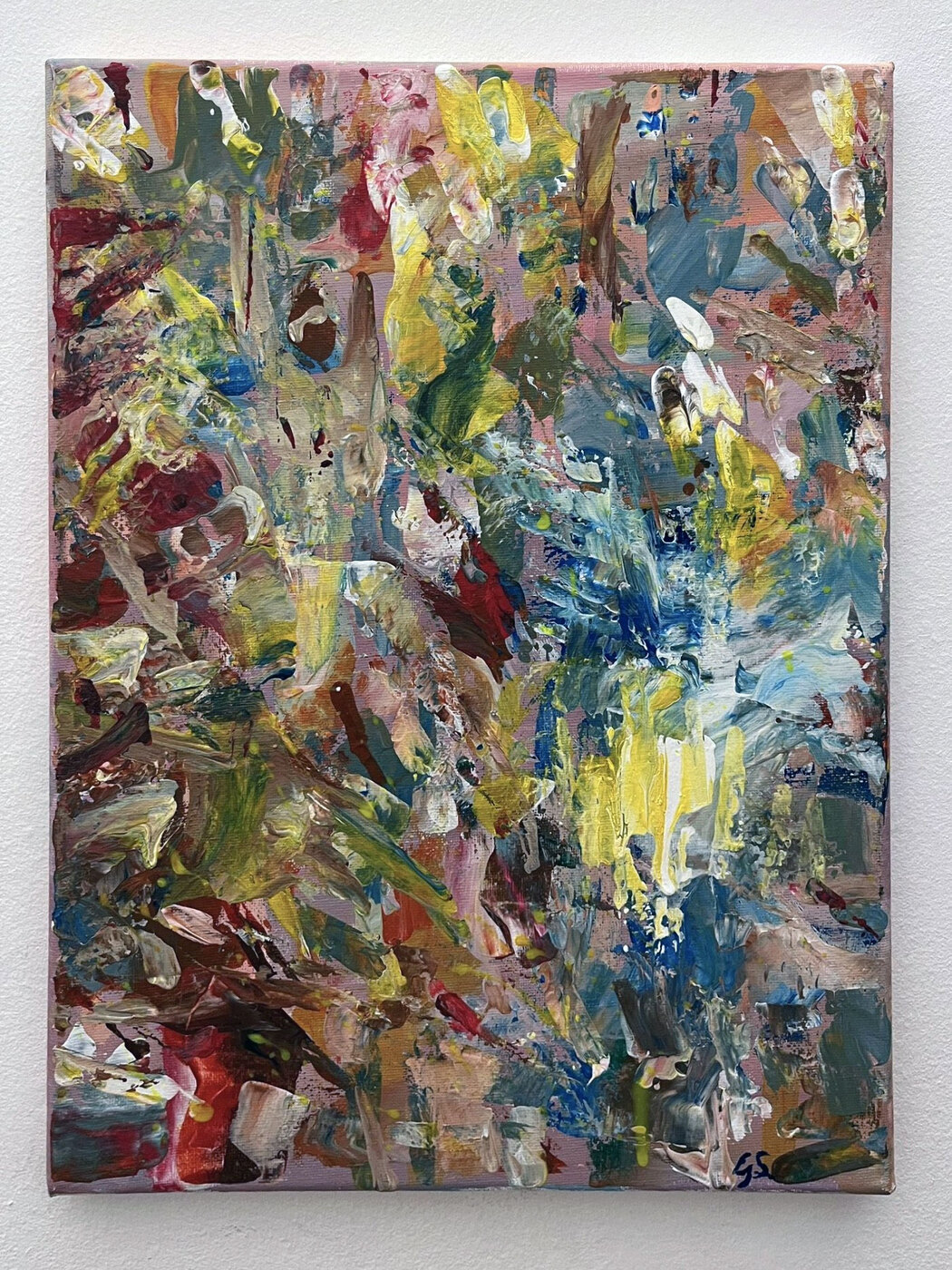
Why did you choose abstract painting as your primary medium? What does abstraction allow you to express that other forms may not?
After having experienced, and continuing to practice, various techniques, I found that abstract drawing is the one that most reflects me. Compared to other painting techniques, in fact, it allows me to mix distinct colours and materials on the canvas in unusual ways every time. And when I say, “on the canvas,” I mean that when I paint, the final colour I want to create is made on the canvas itself.
The aspect I like most about my abstract art is that even if I want to replicate one of my paintings, with the same colours, materials, canvas, and tools used, I could never make one painting exactly the same as any other one. I love the fact that no one (not even myself!) could reproduce a work identically. Painting, in fact, for me depends not only on the colours and materials you use, but also on the state of mind you have when you paint, which is impossible not to let it show on the canvas.
In any case, I like to communicate the idea of uniqueness through my abstract works, thinking that, precisely, each of them is unique.
Could you describe your creative process? How do you choose the colors and materials for each piece?
It depends: if the painting is addressed to a specific person, I usually ask what his two favourite colours are or what are the colours of the environment where the painting will eventually go, and I start matching colours and/or materials based on those two initial colours.
Other times, when I am painting for the sake of painting itself, I explore classic colour combinations to either maintain them as such or make them unusual, I try to bring contrasts into compatibility with each other, but most importantly I mix the colours on the canvas. The number of times colour unexpectedly comes to life from the palette to the canvas when it mixes with all the other colours, it is amazing.
What really lights up my passion is blending the colours on the canvas along with the other materials like sand, paper etc.: everything looks chaotic at first look, but it really is not at all. There is always a study of combining colours and materials. Nothing is by chance.
Other times again, when the painting is an abstract representation of something in nature, the juxtaposition of colours depends on what I am going to represent: for example, I once represented a grotto of the Greek island of Atokos rising from the sea. In that case, the colours reflected, in my own way, those of the sky, the rock wall, the nature, and the sea.
What does painting mean to you personally? Is it a form of relaxation, expression, or something else?
Painting for me is both a form of relaxation and a form of freedom of expression. When I paint, I focus only on that, and time runs very quickly. In my opinion, painting is taking time just for myself, away from any distractions. It is a way to reflect and to take a break from the busy reality in which we all live.
In particular, during a Renaissance painting class in Florence I experienced that very feeling of calm and detachment that I mentioned earlier. Imagine a painting class inside a beautiful Renaissance palace in the centre of the city, classical music, art books, canvases, paints, paintbrushes. It felt like living in another time.
However, not every time I paint is like that: painting, as far as I am concerned, is influenced a lot by my mood. There are some periods when I really feel that I cannot do it and when I am not in a good mood, I am not inspired and blocked.
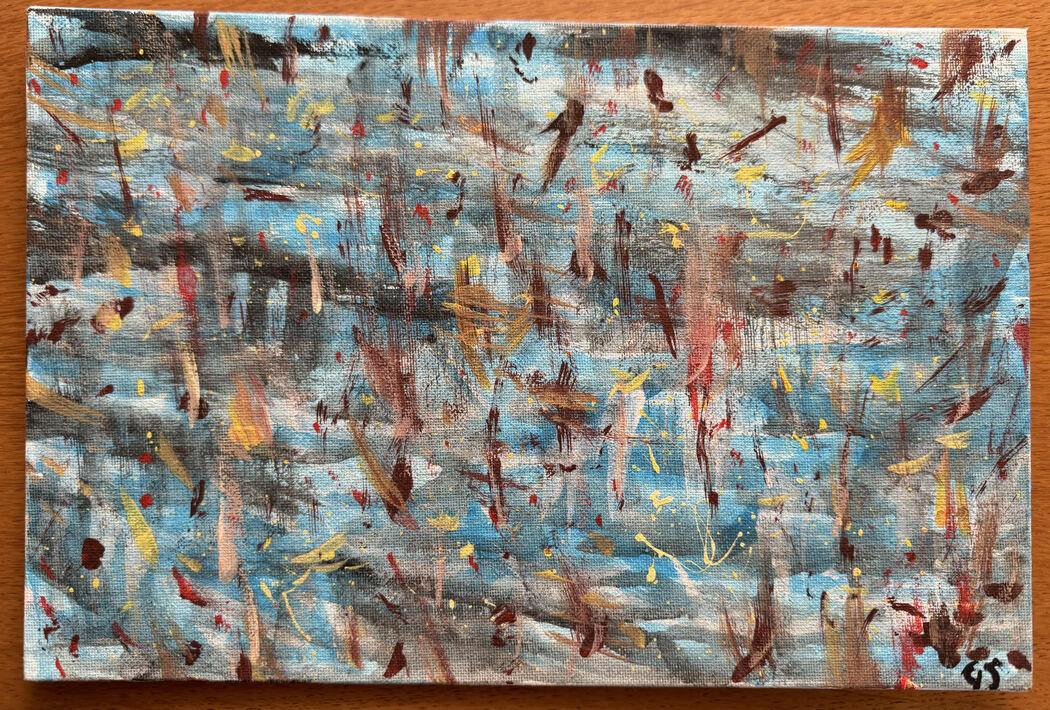
Your works showcase a variety of textures and colors. How do you decide on the balance between different elements in your compositions?
The balance of the various elements on the canvas depends on the initial choice of the two primary colours. The whole painting starts from there. The rest is entirely determined by the colour combinations that are gradually combined on the canvas. The study of the work and the colours I mentioned above in my case takes place, in part, before the work is created and, in part and mostly, during its creation.
Starting with an idea is easy, much more difficult is to pursue the realization of that same idea on canvas. As I said, it happens that most of the time what I had initially imagined assumes a different shape.
How has living in different cities like Florence, Luxembourg, Geneva, Brussels, and Milan impacted your artistic style?
Living in different cities has allowed me to approach different realities from many points of view, not only from an artistic perspective.
Florence, the birthplace of the Renaissance and a city full of inspirations from an artistic side. Florence even if you do not mean to, it surrounds you: its architecture is in itself inspiring.
Luxembourg, Geneva and Brussels: more modern and international cities, hubs of people of different nationalities, each with a story to tell. They are cities that, thanks to being international, are very lively from an artistic angle and not at all boring, as most people would think.
Finally, Milan, in some ways, remarkably similar but also hugely different from Florence: a very vibrant city, from all points of view, international and modern and at the same time full of history, museums, exhibitions. Its diversity allowed me to fully experience what later became my passion, abstract art.
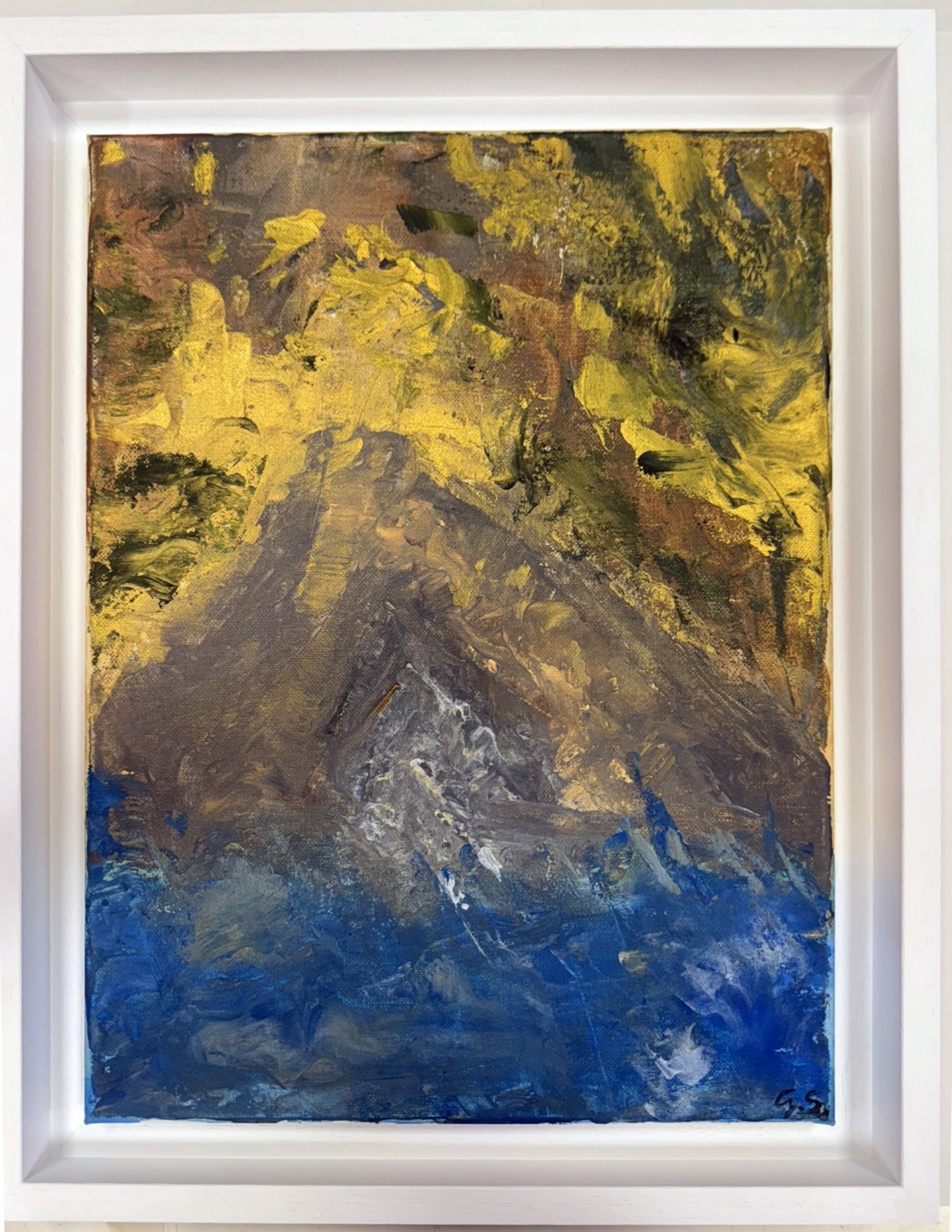

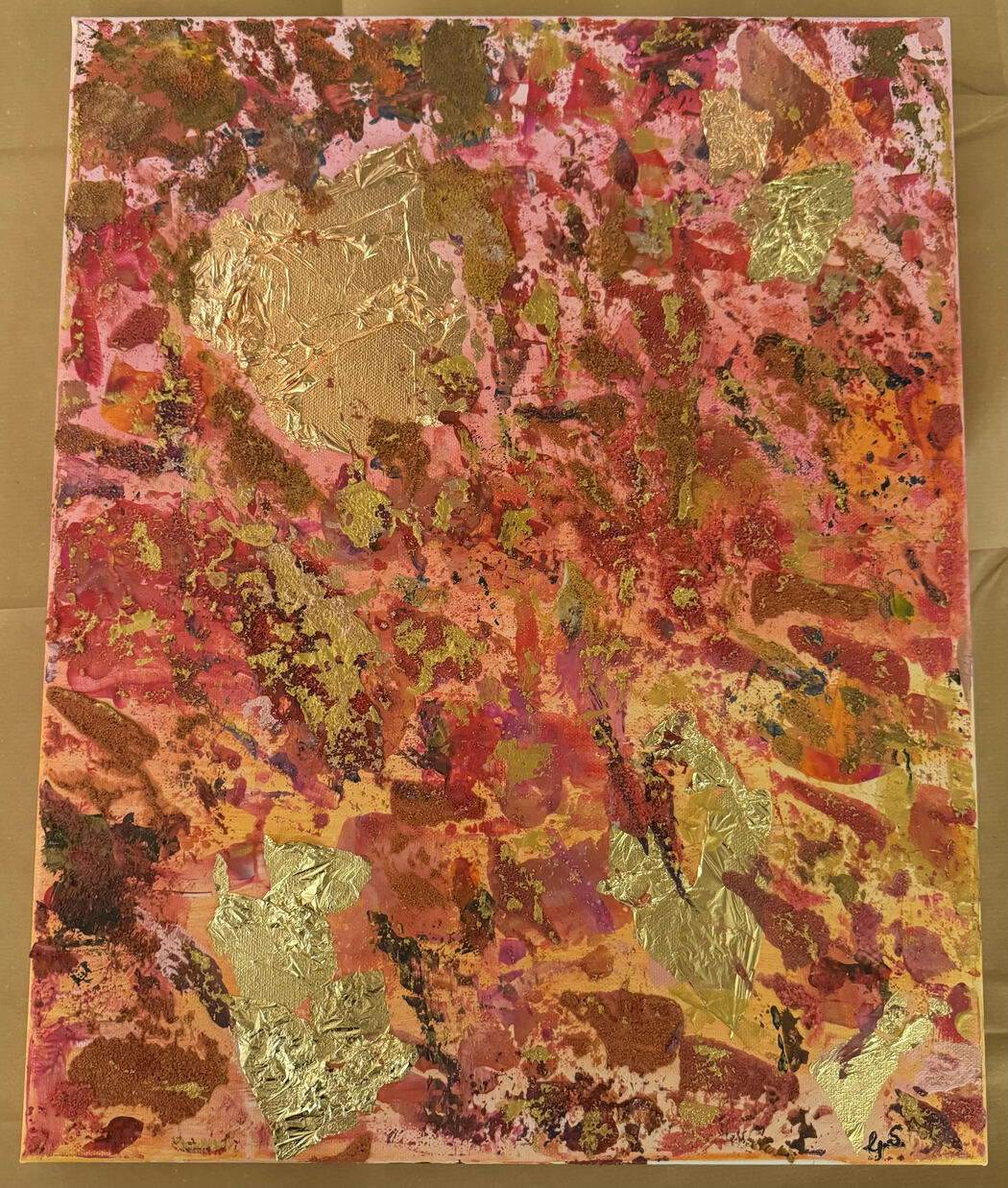
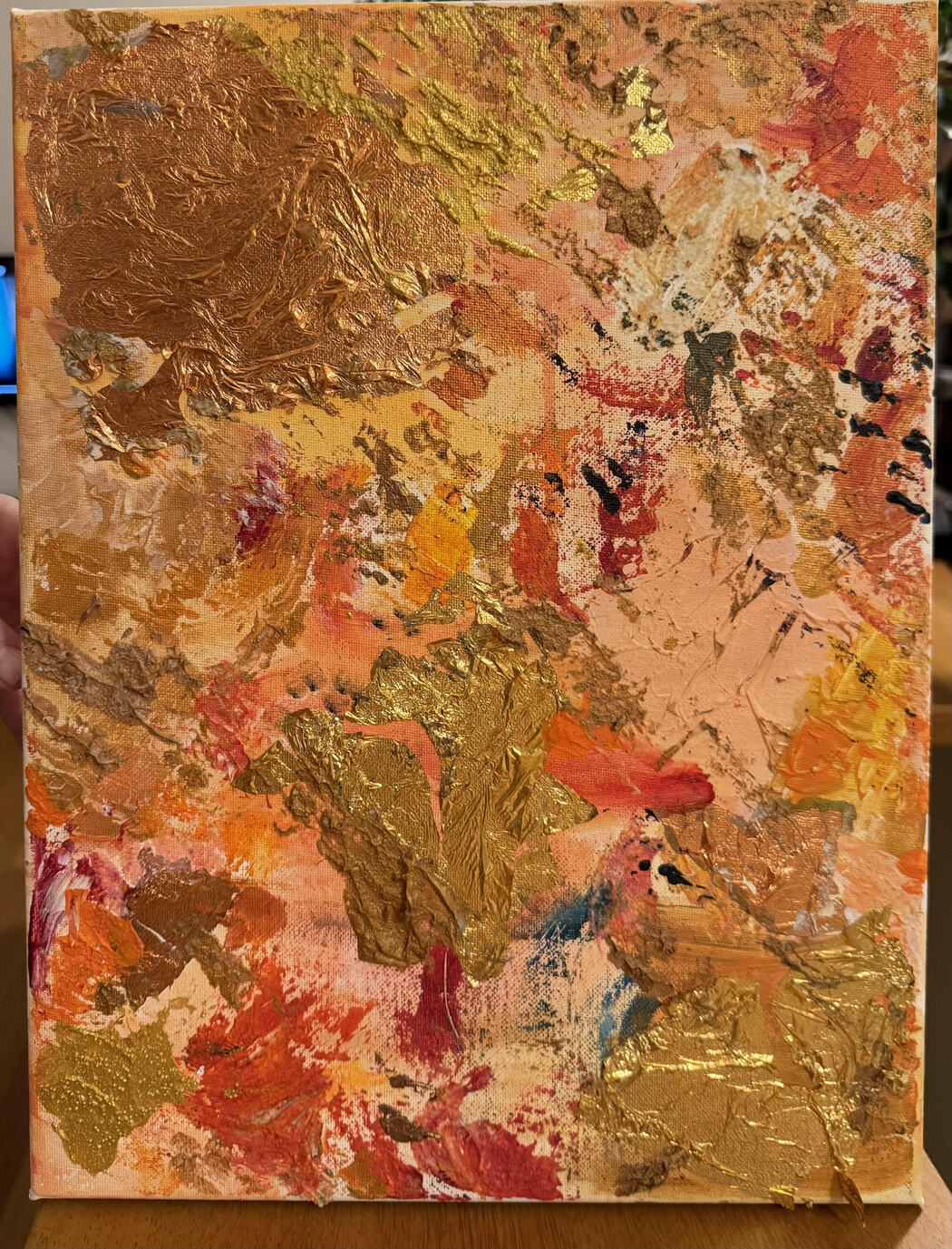
Leave a Reply